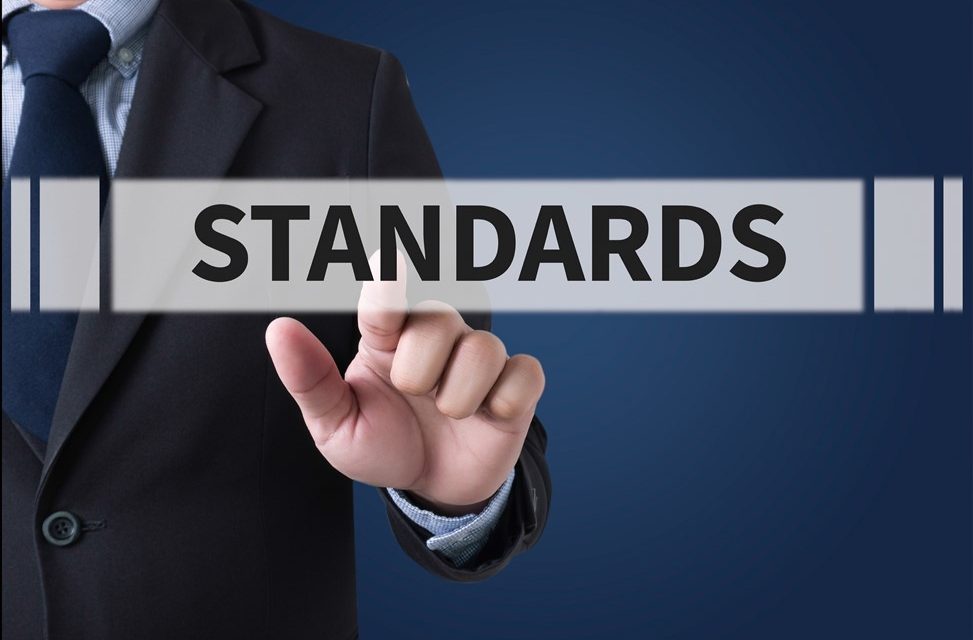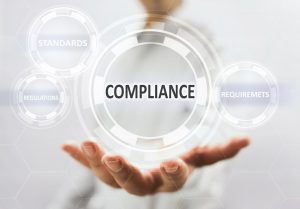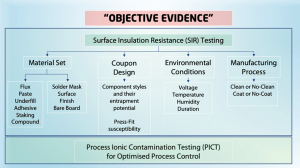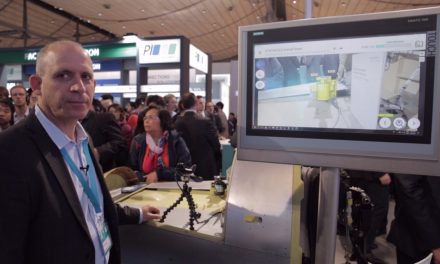New Tools to Gain Objective Evidence for New IEC Standards 501/502

Why do we test and set standards in the electronics industry? Using a system ensures that there is a common global measurement platform that helps catch technical errors, determines whether it meets quality compliance, and thereby reduces risk when bringing a new product to market. In this piece, we’d like to introduce you to two new revised test methods that we will hold ourselves accountable to, in order to reduce electro-chemical failure risk and increase reliability.
These new revised International Standards are part of the IEC 61189-5 Series: Test methods for electrical materials, printed boards and other interconnection structures and assemblies:
- IEC 61189-5-501: Surface insulation resistance (SIR) testing of solder fluxes
- IEC 61189-5-502: Surface insulation resistance (SIR) testing of assemblies
Our focus here is on SIR testing of Assemblies to provide the necessary Objective Evidence required by the recently published IPC-J-STD-001 Revision H and the accompanying white paper, WP019B.
This revision has removed the sole requirement of <1.56µg/cm2 of NaCl equivalent of the old ROSE test and is a fundamental change in approach. This SIR test is augmented by a modified ROSE test, which is better known as Process Ionic Contamination testing (PICT), and detailed in IEC 61189-5-504. This test method provides the fastest and most effective method of process control, taking less than 15 minutes.
The scope of the 61189-5-502 test method states:
This test method measures changes to the surface insulation resistance of a pre-selected material set on a representative test coupon and quantifies the deleterious effects of improperly used materials and processes that may lead to decreases in electrical resistance.
An assembly process involves a number of different process materials including solder flux, solder paste, solder wire, underfill materials, adhesives, staking compounds, temporary masking materials, cleaning solvents, conformal coatings and more. The test employs two different test conditions of 85 °C and 85% relative humidity (RH), preferred for a process that includes cleaning, or 40 °C and 90% relative humidity (RH), preferred for processes where no cleaning is involved.
Testing is material (set) and process / equipment specific. Qualifications should be performed using the actual production equipment, processes and materials.
GEN3 President Graham Naisbitt, was the IEC TC91 Maintenance Leader for these new test standards. Graham stated:
 “Both of these documents reflect the latest developments of measurement technology that we in GEN3 have been evolving with our peers over the past 25 years. The new test method IEC 61189-5-502, used for process characterisation of assemblies, is the latest revision derived from research conducted by the (British) National Physical Laboratory between 1999 and 2006.
“Both of these documents reflect the latest developments of measurement technology that we in GEN3 have been evolving with our peers over the past 25 years. The new test method IEC 61189-5-502, used for process characterisation of assemblies, is the latest revision derived from research conducted by the (British) National Physical Laboratory between 1999 and 2006.
For more than 25 years, the industry largely relied on a now defunct criteria of the weight of ionic contamination. This redundant concept has been replaced in a step change improvement by pivoting iconic contamination measurement to be used as a process control method. With industry experts, we have developed a new standard “Process Ionic Contamination Testing (PICT), IEC 61189-5-504, published in 2020. This test method provides the user with control evidence in less than 15 minutes.
This is the culmination of more than six years of research, bringing the very latest in test and measurement methodology.
Introduced between 2020 and 2021, IEC have now provided the electronics industry with the tools to provide the required Objective Evidence. The documents comprise:
- IEC TR 61189-5-506 – a Technical Report evaluating differing conductor spacings
- IEC TR 61189-5-506 – a Technical Report evaluating differing conductor spacings
- IEC 61189-5-501 – Surface insulation resistance (SIR) testing of solder fluxes
- IEC 61189-5-502 – Surface insulation resistance (SIR) testing of assemblies
- IEC 61189-5-504 – Process Ionic Contamination Testing (PICT)

As the recently appointed Vice-Chair of IPC 5-30 Cleaning & Coating Committee and the Chair of the 5-32b SIR and Electrochemical Migration Task Group, I am honoured to be leading the teams both in the USA and around the World, and helping set the standard for the industry today and in the future. I am also indebted to the six years of collaborative effort we have enjoyed with automotive giant, Robert Bosch GmbH. GEN3 AutoSIR and AutoCAF measurement systems continue to lead the way in measurement capability.”













